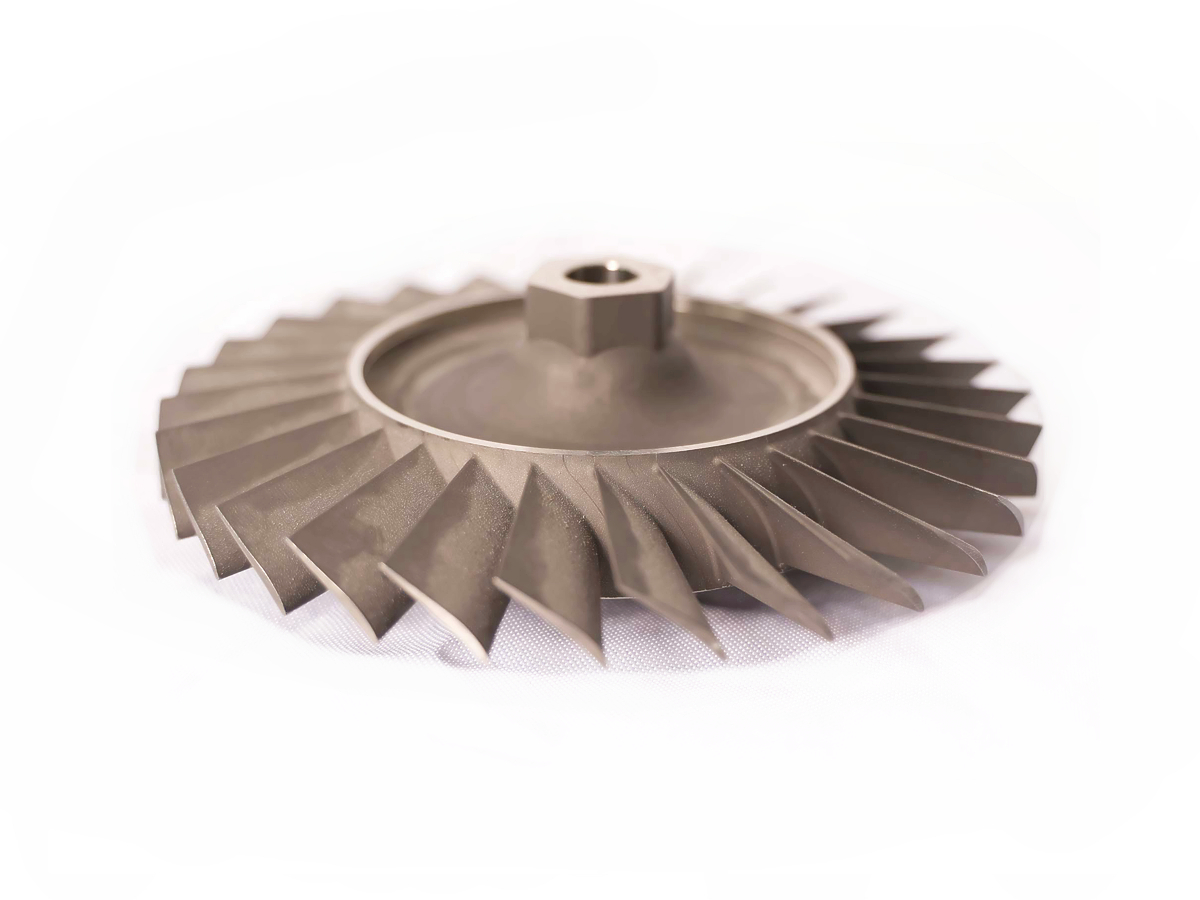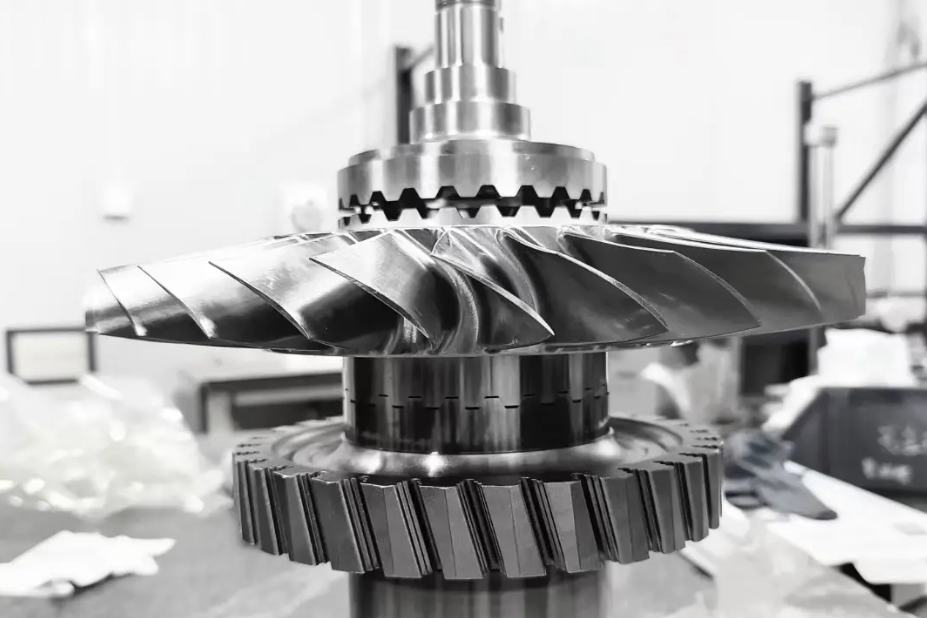How can deformation of thin-walled superalloy parts be controlled during machining?
Controlling deformation in thin-walled superalloy parts during machining is one of the most demanding challenges in precision manufacturing. Components made from materials like Inconel 718 or other nickel-based alloys possess high strength at elevated temperatures but are notoriously difficult to machine due to residual stresses, intense cutting forces, and significant heat generation. For thin-walled sections, these factors can easily induce distortion, leading to parts falling outside tolerance. Success hinges on a holistic strategy that encompasses pre-process planning, in-process techniques, and post-process stabilization.
The Root Causes of Deformation
Deformation arises from three primary sources: Residual Stress Redistribution (internal stresses from the raw material or prior processing rebalance once material is removed), Thermal Stress (localized heat from machining causes uneven expansion and contraction), and Mechanical Stress (cutting forces and clamping pressure deflect the low-rigidity workpiece). For superalloys, the combination of high cutting forces, poor thermal conductivity that traps heat at the cut, and inherent residual stresses in the billet makes this problem particularly acute.
A Multi-Faceted Strategy for Deformation Control
1. Pre-Process Strategies: Stress Relief and Design
Material Certification and Pre-Machining Stress Relief: The first step is to source material with a known and consistent stress state. For critical components, a full Heat Treatment for CNC Machining cycle—specifically a stress-relief anneal—should be performed on the raw stock before any significant machining begins. This homogenizes the internal stress, creating a more stable starting point.
Strategic Fixture Design: The workholding must support the part uniformly and minimize localized clamping forces that can cause initial distortion. Custom fixtures that conform to the part's geometry, vacuum chucks for large flat areas, or low-melting-point fusible alloys that encapsulate and support the thin walls are highly effective. The goal is to maximize restraint without inducing new stresses.
2. In-Process Strategies: The Machining Approach
Adopting a "Multi-Stage" Machining Philosophy: Instead of machining features to their final dimensions in one setup, a multi-stage approach is critical. The initial roughing operations (CNC Milling, CNC Turning) should leave a generous uniform stock allowance (e.g., 1-2mm). The part is then unclamped, and a secondary stress relief is performed to allow the stresses redistributed by roughing to relax. Finally, the part is re-fixtured for semi-finishing and finishing passes, removing the remaining stock in small, consistent increments.
Toolpath Optimization for Constant Engagement: Modern CAM software is indispensable. Using trochoidal or dynamic milling toolpaths ensures a constant tool engagement angle and low radial depth of cut. This minimizes variations in cutting force and heat generation, preventing the "push-pull" effect that bends thin walls. For finishing, Multi-Axis Machining Service allows the tool to maintain optimal contact, using the side of the endmill instead of the bottom to reduce axial force and deflection.
Aggressive Thermal Management: The poor thermal conductivity of superalloys necessitates the active removal of heat. High-pressure through-tool coolant is essential. It not only cools the cutting zone but also breaks chips and flushes them away, preventing re-cutting which generates excessive heat. In some cases, compressed air or MQL (Minimum Quantity Lubrication) with specialized oils can be more effective at temperature control than flood coolant, depending on the operation.
Tooling and Parameter Selection: Use sharp, positive-geometry tools made from sub-micrograin carbide with advanced PVD Coatings to reduce cutting forces and heat. Employ high spindle speeds with low feed rates and light depths of cut for finishing. This "high-speed machining" strategy produces thin chips that carry away the majority of the heat.
Symmetrical Machining: Whenever possible, machine opposite sides of a thin web or wall sequentially in the same setup. This balances the introduced stresses, helping to keep the part stable and straight.
3. Post-Process Considerations
Final Stress Relief: After all machining is complete, a final stress relief can be performed to ensure any remaining locked-in stresses are minimized, stabilizing the part for its service life, especially in high-temperature applications in the Aerospace and Aviation industry.
Non-Contact Metrology: Finally, inspect the parts using optical or laser scanning systems. Contact probes on a CMM can themselves deflect thin features, leading to inaccurate measurements of the very distortion you are trying to control.
Conclusion
There is no single solution to controlling deformation in thin-walled superalloys. It is a battle fought and won through a disciplined, integrated strategy that manages stress and heat at every stage. By combining strategic heat treatment, intelligent fixturing, multi-stage machining, optimized toolpaths, and aggressive cooling, it is possible to produce stable, precise, and high-integrity thin-walled components from even the most challenging superalloys.



